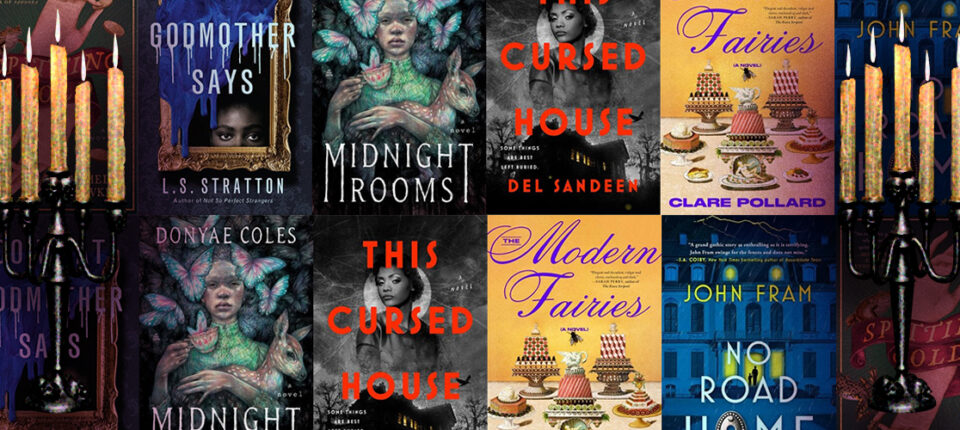El Nino-induced flooding of biblical proportions has inundated my home this year, which can mean only one possible thing: TIME TO READ SOME GOTHIC FICTION! It’s giving damp. It’s giving mold. It’s giving drip-drip-drip on the window pane. And the weather event causing me personal misery is also a perfect in-road to highlighting one of the greatest years yet in the Great Gothic Fiction revival. It could have been a great moment for fungal fiction, but we already covered that trend in Lit Hub with this fantastic list for lovers (and haters) of The Last of Us.
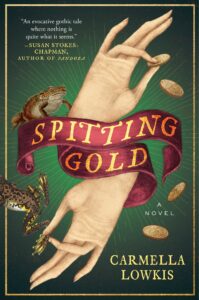
Carmella Lowkis, Spitting Gold
(Atria)
All is not what it seems in this lush and twist-filled tale. Two spiritualist sisters, famed in their teen years for their convincing seances, must come together for one last con. Spitting Gold is carefully plotted, fully characterized, and incredibly satisfying. Let the ectoplasm flow!
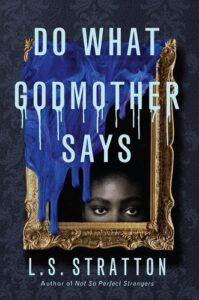
L.S. Stratton, Do What Godmother Says
(Union Square, June 11)
L.S. Stratton’s new gothic thriller is divided between the Harlem Renaissance past and a writer in D.C.’s present. In the past, a young painter is taken under the wing of a mysterious socialite; her new hopes for the security to pursue artistic freedom are quickly dashed as she learns how controlling her new patron can be. In the present, a journalist comes into possession of a valuable painting, only to find herself beset by collectors who seem ready to engage in unscrupulous methods in order to get their hands on the piece of art. Do What Godmother Says is both a prescient critique of artistic appropriation and a darn good mystery—in short, an immensely satisfying read.

Donyae Coles, Midnight Rooms
(Amistad, July 2)
Never. Eat. What. The. Fairies. Give. You. Especially if it’s as disgusting as what’s consumed at the wedding feast in this atmospheric gothic (complete with strong folk horror elements). Donyae Coles’ plucky heroine is surprised to receive a later-in-life proposal from a mysterious gentleman. Their connection is genuine, but his family is off-putting, his manor house is crumbling, and for some reason, he keeps getting her drunk on honey wine while feeding her bloody meat and little cakes. What does he want, and what will she have to sacrifice to give it to him?
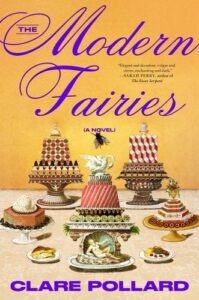
Clare Pollard, The Modern Fairies
(Avid Reader Press, July 23)
While debatably gothic, this novel set in 17th century ancien regime France is most certainly suited to the damp—after all, it was an era long before dehumidifiers (of which I now possess four). The Modern Fairies features the great historical salons of Paris, in which literary luminaries mingled with the demimonde and mixed witty repartee with inventive storytelling. Pollard’s characters are reinventing their nation’s traditional stories and creating the modern fairy tale, even as the details of their lives show the the rot of French society before the Revolution.
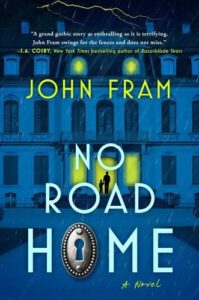
John Fram, No Road Home
(Atria, July 23)
A wealthy preacher’s compound is the setting for this gothic parable from the author of The Bright Lands. The narrator of No Road Home, newly wedded to the beautiful scion of a megachurch pastor, is visiting his wife’s family for the first time when a storm closes them off from the rest of the world just as their patriarch is found dead. Even before the disturbing demise, Fram’s hero is already having second thoughts about the marriage: her relatives keep making snide remarks about his gender nonconforming son, it turns out his wife only married him to unlock her own inheritance, every family member appears to be keeping secrets, and someone’s been painting threatening messages warning of vengeance to come. Oh, and there’s also a ghost and some very disturbing paintings…
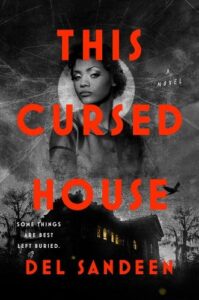
Del Sandeen, This Cursed House
(Berkley, October 8)
Jemma Barker is broke and newly single when a strange offer comes in: a lucrative position has opened up with a wealthy family on their Louisiana plantation, and Jemma needs to get out of Chicago, fast. It’s 1962 and the world is changing, but for the family on the plantation, things appear to be frozen in time, as the family is still stuck in the colorism that allows them to feel superior to the darker-skinned Jemma. Sandeen’s heroine soon learns that the family has summoned her for a very particular purpose: they are cursed, and they believe her to be the only one who can save them from future calamity.

